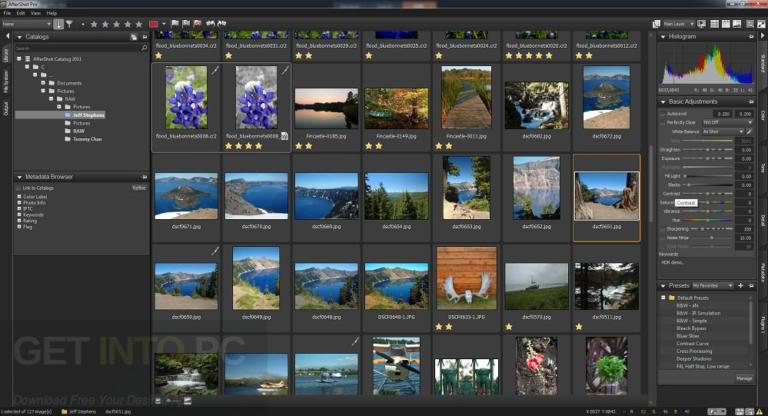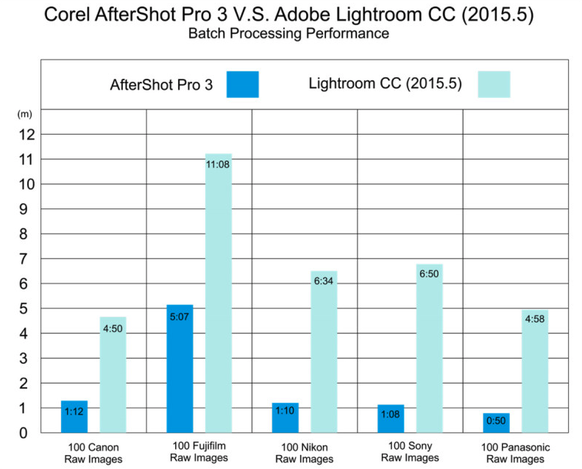

It works in Linux and Mac OS, but not in Windows. With Rawstudio you can process RAW images, as the name suggests.
COREL AFTERSHOT PRO 3 VS PICASA SOFTWARE
It can be used to manage photos, but if you have a big collection, it’s good to combine it with software specifically aimed at image management, such as DigiKam. Raw Therapee is a post-processing program for RAW images which works in most operating systems.

It’s a powerful and non-destructive editor which requires a bit of time to get used to, but for anyone who has ever used post-processing software before, it’s not a problem. The two main tasks are separated into two spaces the light-table for managing and cataloguing, and the darkroom for editing and processing photos.Īs you may have noticed, the name of the software is a combination of those two words, just like Lightroom. Darktableĭarktable allows you to manage and process photos, including RAW images, in Linux and Mac OS. All of these are open-source and free, and they work in Linux, Windows, and Mac OS, unless otherwise stated. These are the programs that can be installed directly on your system. Alternative 1: Using software that works directly in Linux The other important thing is to know what’s out there, and that’s the goal of the rest of this article. I’m going to be focusing on solutions that offer photo editing (including RAW processing), and less on photo management software. Some of the programs I’ll be presenting here can offer everything, others are only suited to specific tasks. Do you need a photo editor? Do you want to be able to manage and catalogue your photos? Is it the ability to process RAW photos you’re after? Or maybe all of the above? To choose the software that works best for you, you have to ask yourself what it is you’re looking for.
COREL AFTERSHOT PRO 3 VS PICASA HOW TO
All you need is some basic knowledge about how to use computers and a willingness to learn.Įven if you’re not a Linux user, you might still benefit from learning about some of the free Lightroom and Photoshop alternatives that are available by reading this article. Many people choose Linux not only because it’s free, but also for the security and stability it offers, as well as the chance to gain more control over and knowledge about the software they use.Ĭontrary to popular belief, you don’t have to be a computer whiz to use Linux. In short, Linux comes in a range of different flavours (Ubuntu, Debian, Fedora, etc.) but the common core in all of them is an operating system built primarily around free and open-source software. Do you use Linux and wonder what your alternatives are when it comes to photo processing? Are you a photo enthusiast trying to find alternatives to your current software? Or perhaps you’ve read this far and still have no idea what I’m talking about-great! This article is for all of you.


 0 kommentar(er)
0 kommentar(er)
